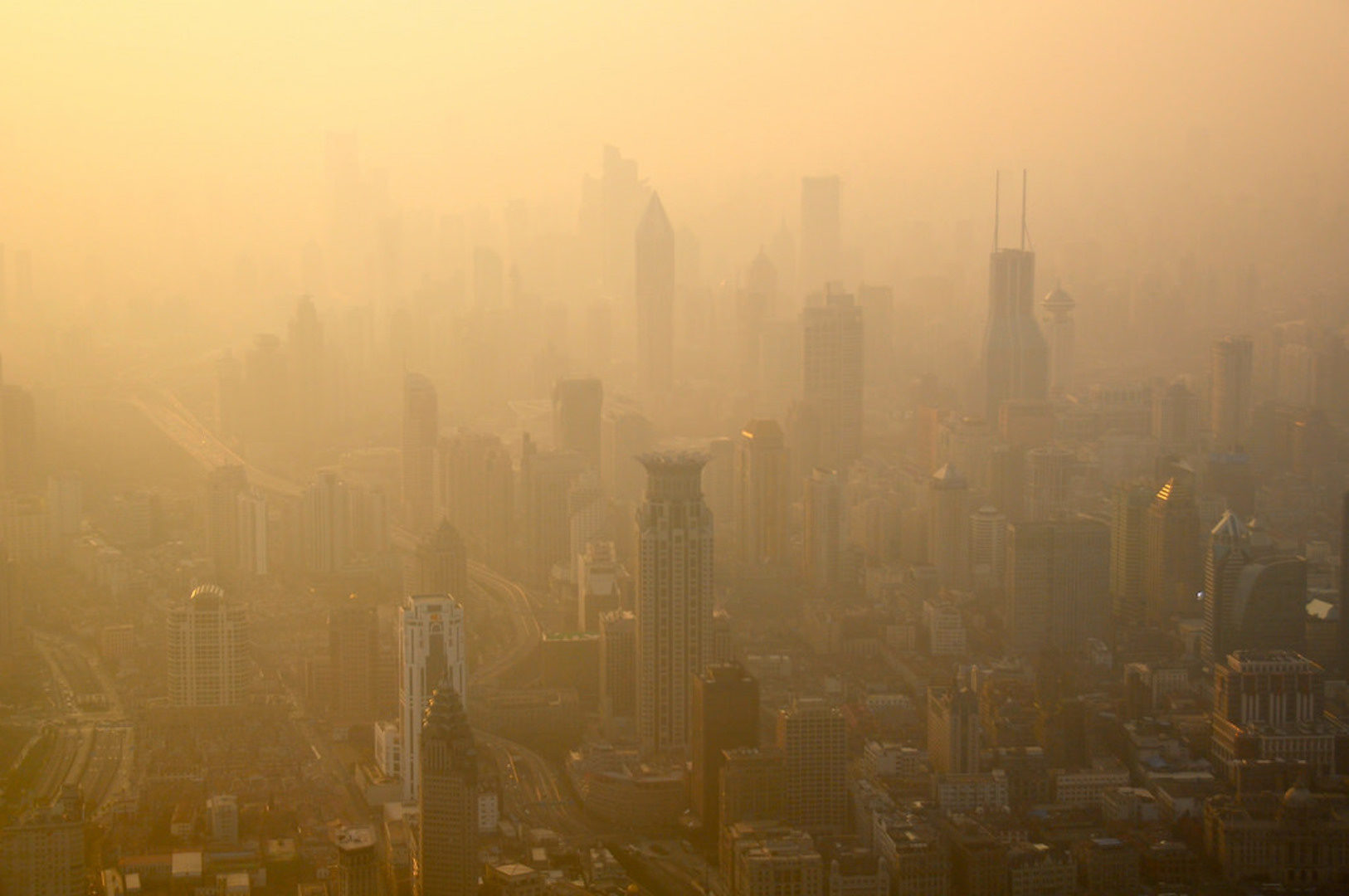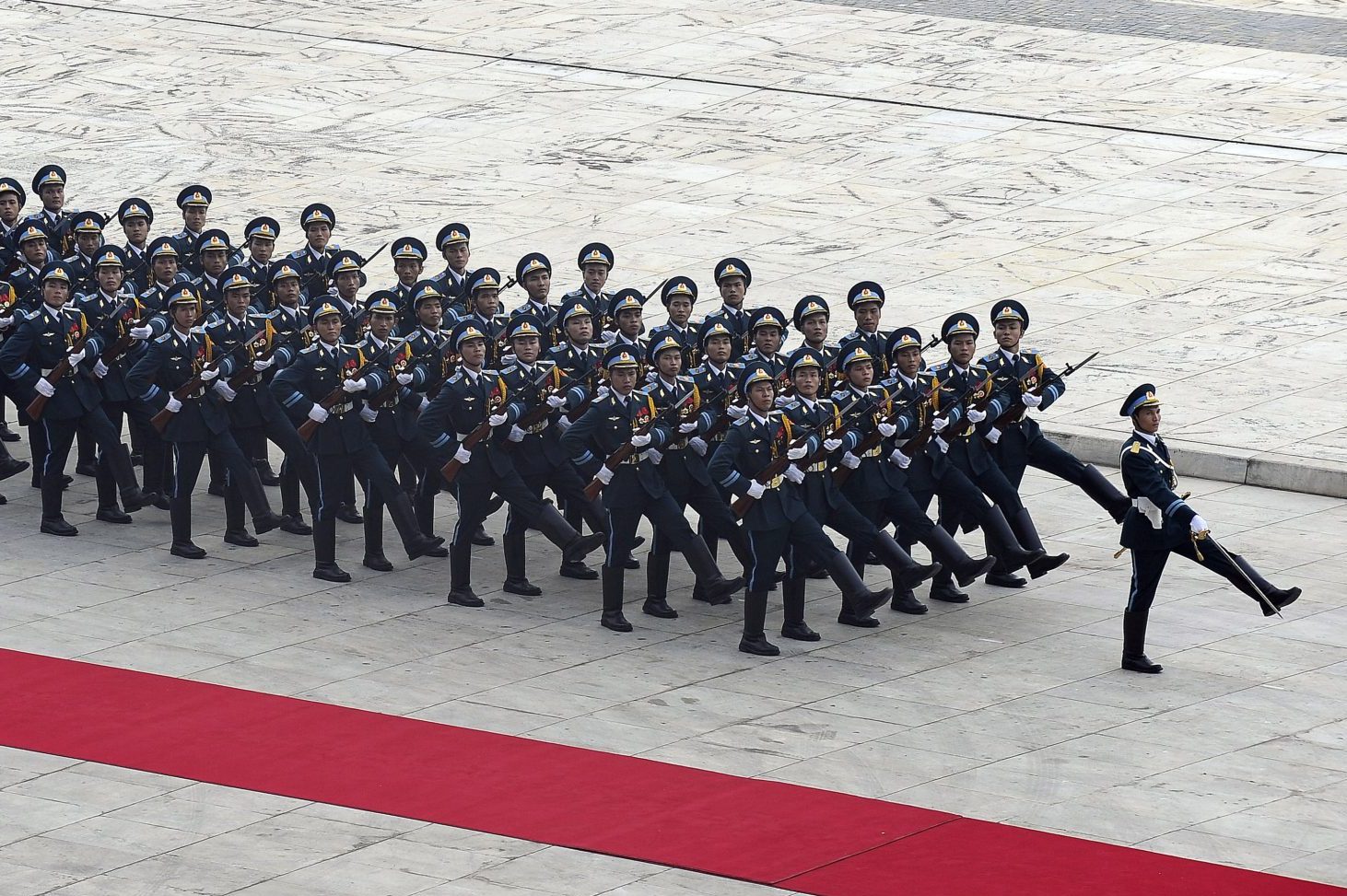Over the past 30 years, China has undergone an immense economic and social transformation. For centuries, China was predominately an agrarian society where the vast majority lived in rural villages. However, in the beginning of the late imperial period a shift began to emerge as the government encouraged movement to cities. From that time increasing urbanization has been a defining characteristic of China’s growth and has only strengthened in importance for Chinese officials, who see it as critical for future economic prosperity. Presently, over half of China’s population (around 56%) lives in urban areas. Similar to many parts of the developing world, climate change will only strengthen this migration as rural residents are forced to escape harsh conditions. Increasing desertification and lack of rainfall in western China have made agricultural activities increasingly difficult. As a result, many have journeyed to eastern provinces and larger cities to find new livelihoods. Urban areas will be at the crossroads of this momentous social uprooting and rapid environmental shifts.
While the astounding rise of China’s mega cities have brought about new opportunities, it has not been without difficulties. The massive growth has placed critical strains on the surrounding environment in the form of air and water pollution and led to serious social stratification in urban areas. To discourage regional disparities in economic wealth, the Chinese government has provided generous investment to central and western China. For years the vast majority of population and economic growth has been centered in eastern provinces especially around Shanghai. Unfortunately, the western region of China will likely experience some of the worst effects of climate change in the coming years. Increasing desertification is already chipping away at China’s supply of arable land suited for agriculture. In fact, the Chinese government has had to relocate many rural villagers and farmers because of an encroaching Gobi Desert. The transition is difficult with migrants often facing rampant discrimination and profound cultural dislocation. Beyond the effects on livelihoods, desertification has caused the occurrence of dust storms affecting much of the country to become more common. Combined with pollution, dust storms can result in a debilitating atmosphere in Chinese cities where air quality is already low.
Public criticism surrounding issues of the environment has become more common in China over recent years. Many have begun to question whether economic growth has to be synonymous with environmental degradation. Despite government crackdowns, a sprouting environmental movement, or at least expanding attention to sustainability issues, has taken place. The Chinese government has increasingly sought to be more proactive in anticipating and responding to such criticism. To improve air quality in the nation’s cities, the central government has shuttered some of the coal plants adjacent to large urban areas. While this has been beneficial, the vast majority of China’s energy still comes from coal. In fact, China continues to construct more coal powered plants across the country despite promises to decrease the role of coal in its energy portfolio. Further, air quality has been diminished as more and more Chinese purchase cars and congestion worsens in urban areas. In response, China has enacted stricter licensure requirements in some cities such as Shanghai and directed investment towards electric vehicles. Despite these actions, the movement towards addressing air quality issues has been slow.
The increased urbanization of China also presents difficulties surrounding water resources. Beijing already is facing serious concerns over the future of its water supply as its population has skyrocketed. Typically, Beijing and much of northern China rely on the summer monsoon rains to replenish the water table. However, as climate change has intensified, the monsoon cycle has become more erratic. In recent years, Beijing has suffered from steadily drier conditions. This is an occurrence that has been echoed in many other large cities especially in central and western provinces. Beijing, for its part, has relied on the Yellow River for most of its water needs. However, this reliance along with Beijing’s explosion in population, has caused the river to run dry in some months, an unsustainable occurrence devastating to the surrounding natural environment. Aware of Beijing’s water woes, in 2014 China finished construction of a massive water diversion project that directed water from the Yangtze River to northern areas. While this solved some of the city’s needs in the present, the project is not a long-term answer and has come at a sizeable cost to many rural farmers that were forced to relocate. Rural residents are in many ways on the front lines of this climate transition, but within the coming years urbanites will face their own difficulties as the population places a strain on resources.
Recognizing China’s susceptibility to the effects of climate change, the government has begun to partake in climate adaptation efforts with greater sincerity. The government has planted millions of trees and shrubbery in the northwestern part of the country in an attempt to slow down desertification. China has also sought to become a leader in the production of renewable energy materials such as solar panels and wind turbines. In addition, China has begun to revamp some of its agricultural irrigation strategies in an attempt to lessen water use. While this attention is encouraging, China has struggled to balance its economic growth agenda with efforts to address an increasingly dire climate situation. The country continues to rely heavily on coal, a known pollutant and contributor to a warming planet. China is not alone in these struggles and in many ways shares problems affecting many countries across the world in the coming decades. These critical problems provide China an outlet to strengthen greater cooperation with developing nations through knowledge sharing and technical exchange. China after all is already a leader in green energy investment and producer of renewable energy components such as solar panels.
China’s immense urban areas and worsening environmental conditions provoke a worrying equation for Beijing. The scope of problems from desertification to air pollution pose a significant threat to future societal stability and economic growth. China appears to recognize this predicament and has become more vocal about taking climate change seriously. Recently, China warned President-elect Donald Trump against pulling the US out of the Paris climate agreement, perhaps signaling China’s emergence as a new global leader within this sphere. Nevertheless, it remains unclear whether China’s new rhetoric will be followed by concrete actions on the ground. For the sake of the planet and its own future growth, China must remain committed to turning away from the traditional reliance on dirty fuels and embrace a greener future.
- Yemen Crisis: Has a Turning Point Been Reached? - February 8, 2018
- Monster Viruses and Dangerous Diseases: How Climate Change Threatens to Upend Global Health - February 8, 2018
- Uncertain Trajectory: Kazakhstan’s Perilous Path on the World Stage - November 1, 2017






